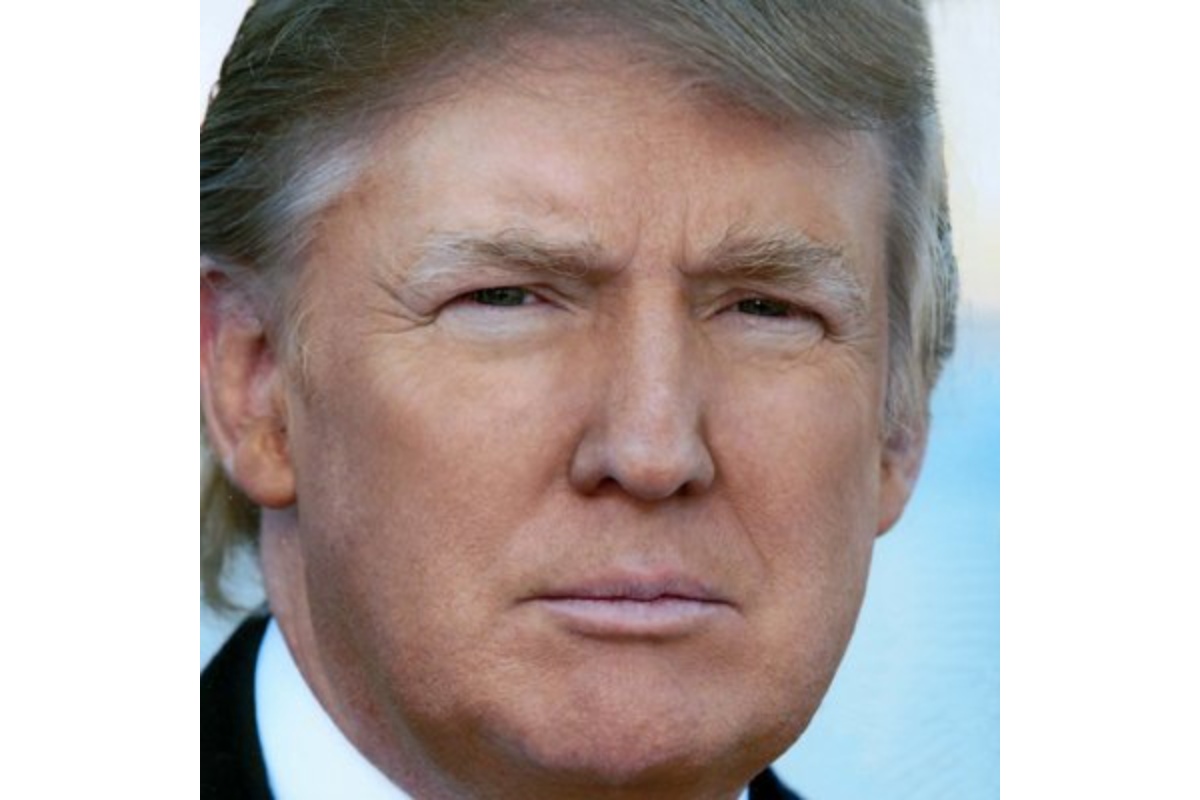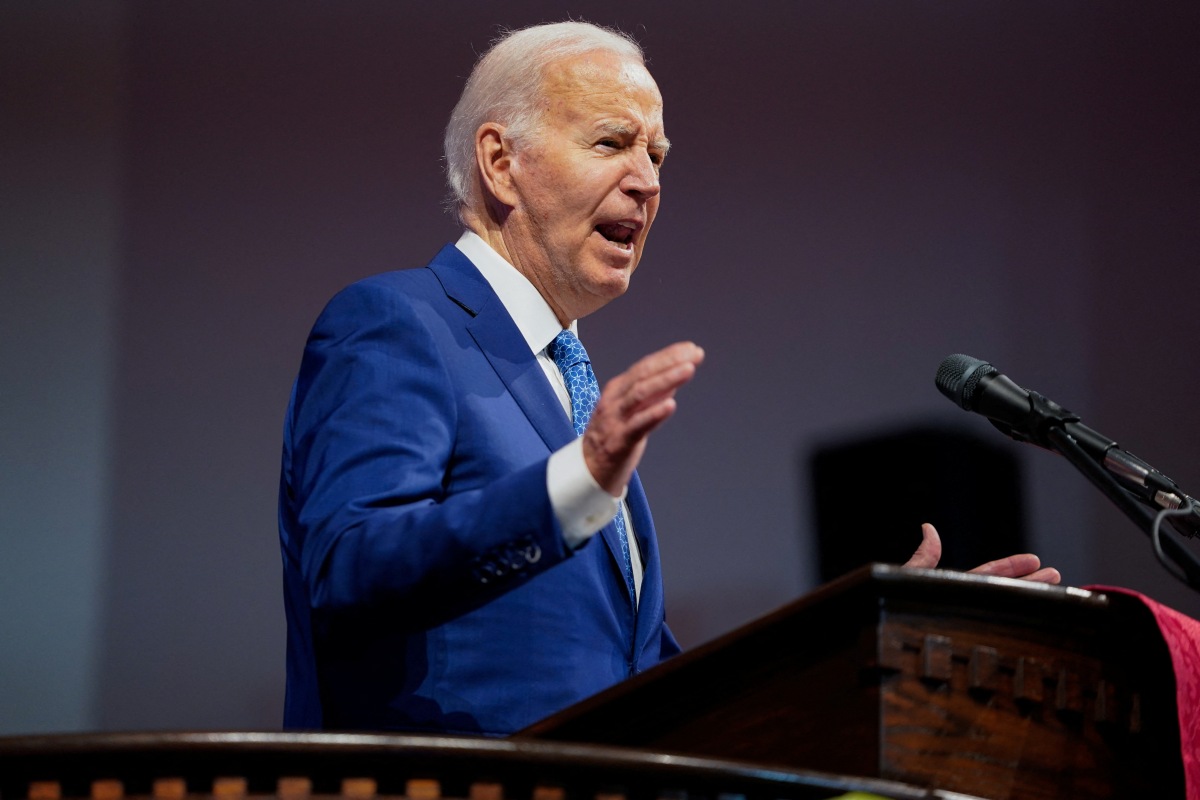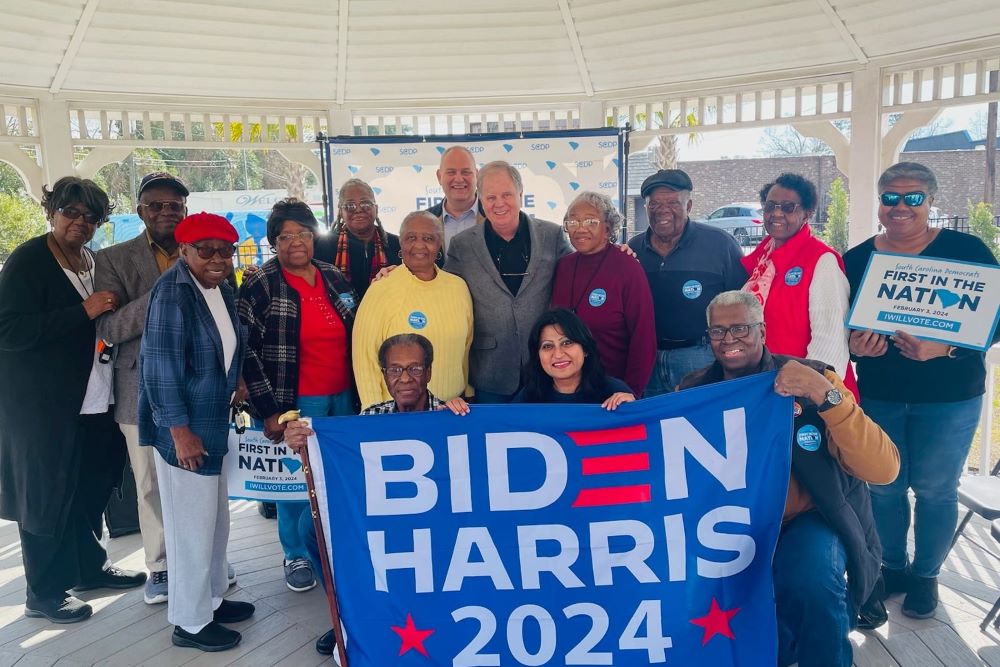Indian IT sector contributes $80 billion to US GDP, says NASSCOM VP Shivendra Singh
He made the remarks at an event organized by the Consul General of India in Chicago on July.1, when several CEOs, IT professionals and businesspersons participated.
 Shivendra Singh outlined the critical importance of India’s IT industry for USA. / Consul General of India Chicago
Shivendra Singh outlined the critical importance of India’s IT industry for USA. / Consul General of India Chicago
Shivendra Singh, Vice President of the National Association of Software and Service Companies (NASSCOM), recently stated that the Indian IT sector contributes approximately $80 billion to the US GDP, which he noted is more than the GDP of several US states.
“We employ more than half a million high-value addition jobs. We create that,” he said. “The most important contribution, which is very difficult to quantify, is that the Indian tech industry works with more than 90 percent of the Fortune 500 companies,” he added.
Singh made these remarks at an event organized by the Consul General of India in Chicago titled ‘IT and ICT Industry in India: Innovation, Growth and Opportunities’. The session, held on July.1, was attended by approximately 60 representatives from the business community, including IT start-up entrepreneurs, senior representatives from trade bodies, regional chambers of commerce, and the Federal government officials.
Consulate hosted talk by Shivendra Singh, VP, NASSCOM on "IT and ICT Industry in India: Innovation, Growth and Opportunities". CEOs, IT professionals and businessmen participated. CG underlined critical importance of IT in trade, investment, innovation in emerging technology. pic.twitter.com/EMINgLWy4m
— India in Chicago (@IndiainChicago) July 2, 2024
Singh highlighted that the Indian tech industry significantly contributes to the growth of Fortune 500 companies, helping them create more jobs and maintain the US as the leading global economy. He also mentioned the ITServe Alliance – the largest association of IT service organizations in the United States – noting its recent successful meeting with over 2,000 active SMEs.
The US-India partnership
Singh noted that India hosts over 1,600 Global Capability Centers (GCCs), making it the largest recipient of such centers globally.
Global Capability Centers (GCCs) are set up by organizations globally to leverage international talent, resources, and expertise. These centers, often integrated within larger corporations, offer a variety of services including research and development, IT services, business process outsourcing, engineering services, and more. They play a crucial role in enhancing organizational efficiency and innovation by tapping into diverse skill sets and operational capabilities across different geographical locations.
“The NASSCOM estimate is about $45 billion in revenue of these GCCs. For example, JP Morgan, it has its second-largest GCC hub out of India,” he said.
Addressing key challenges in visa policies
Speaking to Prachi Jaitley on the sidelines of the event, Singh mentioned that to fill any requirements for labour, it is necessary to bring people in on non-immigrant visas. However, he pointed out that immigration becomes a tricky issue due to various reasons.
Singh highlighted the significant issue of the visa fee hike, noting the $600 asylum fee linked to the H-1B visa, which he stated has no relevant connection.
Singh also added that on H-1B modernization, while he supports various measures to reduce fraud and commends USCIS for their efforts, there are concerns regarding speciality, occupation, and third-party placement measures. These visa restrictions could potentially hinder the ability to add value to the US economy, he said.
Despite Indian companies making up less than 5 or 6 percent of these cases, Indian nationals account for about 70 percent of the visas.
“I think there are some measures around speciality, occupation, third-party placement, which could be a potential red flag in being able to add value to the US economy because our member companies work with more than 90 percent of the Fortune 500 companies, majority of them being American companies. And they are responsible to make America the number one economy,” he said.
Tech sector leadership and global impact
Speaking to Prachi Jaitley, Singh remarked that the alignment between India and the US is possibly the strongest, with the tech sector being crucial to this partnership. “It's a very proud thing that India has led on the digital public infrastructure, direct benefit transfer, equitable, inclusive, interoperable, everything,” he said.
Singh highlighted UPI as a significant success story, mentioning that nearly 1 percent of India's GDP is currently transacted through mature digital public infrastructures (DPIs). “If other DPIs achieve full implementation, it can increase the GDP of India by another 2.9 to 3.5 percent,” he said.
Singh emphasized that while India is engaging with several nations on the implementation of DPIs, each country may have its own approach. He affirmed that these systems are unique and transformative in their impact.
ADVERTISEMENT
ADVERTISEMENT
E Paper
Video







.jpg)
.jpg)





Comments
Start the conversation
Become a member of New India Abroad to start commenting.
Sign Up Now
Already have an account? Login